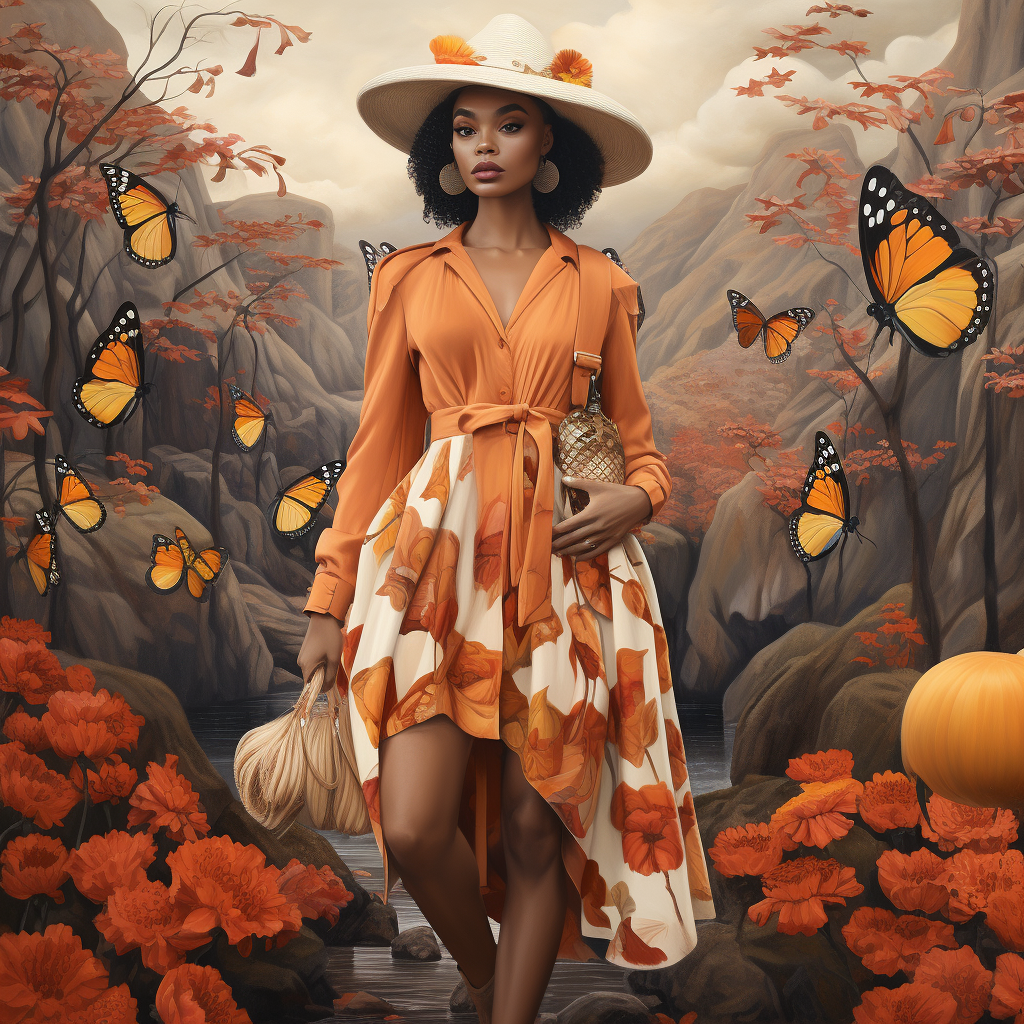Hey there! Let’s talk about the impact of automation in the fashion industry. It’s all the rage these days, with robots and smart warehouses taking over tasks like picking, packing, and shipping orders. Even customer service is getting a high-tech makeover with the help of chatbots and AI. And let’s not forget about computer-aided design (CAD) software, which has revolutionized the way clothing and accessories are created and modified. It’s faster and more accurate than ever before!
But here’s the thing, automation isn’t always smooth sailing. Take the case of End Clothing, a fashion retailer that had a bit of a hiccup with its automated fulfilment system. They had to write off £12 million worth of stock because orders couldn’t be shipped. Ouch! That’s not all, they also had to spend extra money to fix the problem and deal with unsellable stock. Despite a rise in sales, their profits took a hit. Luckily, they’ve sorted out their inventory management processes and system issues now.
End Clothing started small back in 2005, but now they’re a global player, selling luxury designers like Burberry, Gucci, and Loewe, as well as exclusive sports and streetwear. And they’re not the only ones investing in automation. Harrods, the luxury department store, is planning to spend millions on new warehousing technology. Even LVMH, the luxury group behind Louis Vuitton, Fendi, and Tiffany, is jumping on the automation bandwagon. Highstreet brands like Nike, H&M, IKEA, Amazon, and Walmart are also getting in on the action.
It’s an exciting time, but let’s not forget the lessons learned from End Clothing’s experience. Smart warehousing may not always be as smart as it seems. So, it’ll be interesting to see how other brands navigate the world of automation.
Now, let’s switch gears and talk about Frieze London. This contemporary art fair just celebrated its twentieth year in Regent’s Park. It showcases artwork created mainly after 2000, while its sister fair, Frieze Masters, focuses on pre-2000 pieces. The art world really comes alive during Frieze week, with galleries and auction houses in London reporting strong sales and attracting new clients. Last year, the evening sales at Christie’s, Sotheby’s, and Phillips reached a whopping £160 million!
This year, Damien Hirst stole the show with 12 new works that sold like hotcakes. And let’s not forget about the sculptures by Louise Bourgeois and Louis Nevelson, which fetched $3 million and $2 million respectively. Frieze London also welcomed new sponsors like Dunhill and Stone Island, who showcased their collections alongside the art. Burberry got in on the action too, sponsoring an exhibition by artist Sarah Lucas at the Tate Britain. It’s all about forging links with Britain’s art and culture scene, according to Burberry’s creative director.
Fashion and art have always had a close relationship, and Frieze London is proof of that. In fact, it’s been dubbed the ‘Fifth Fashion Week’ because fashion brands like Alexander McQueen have chosen to showcase their collections during the fair. The worlds of art and fashion are colliding, and it’s an exciting time for both industries.
Now, let’s talk about Birkenstock’s debut on the New York Stock Exchange. It didn’t go as smoothly as expected. The shares dropped 12.6% on the first day of trading, which is not great news. But hey, it’s not the end of the world. Other footwear brands have had their ups and downs on the NYSE too. Crocs, for example, has seen its value skyrocket since its listing in 2006. On the other hand, Allbirds hasn’t had the same success. It just goes to show that the stock market can be a rollercoaster ride.
Speaking of rollercoasters, Next is on a shopping spree. They’ve recently acquired clothing brand Fatface for £115 million. Fatface had a tough time during the pandemic, but it’s bouncing back with a 15% increase in annual sales. Next is building quite the empire, with previous acquisitions including Cath Kidston, Joules, and Made.com. They’re expanding their ‘Total Platform’ business and who knows who they’ll snap up next!
Finally, let’s talk about the luxury market. It boomed during the pandemic, with people splurging on luxury goods while stuck at home. But now, things are starting to slow down. Sales growth for luxury brands like LVMH and Kering is not as high as before. It’s not all doom and gloom though, as sales are still growing at a steady rate. The luxury market in China and the US is cooling off after a post-pandemic surge, but it’s still going strong. And keep an eye on South Korea, because their luxury market is on the rise!
That’s all for now. Stay tuned for more fashion, luxury, and lifestyle news!

+ There are no comments
Add yours